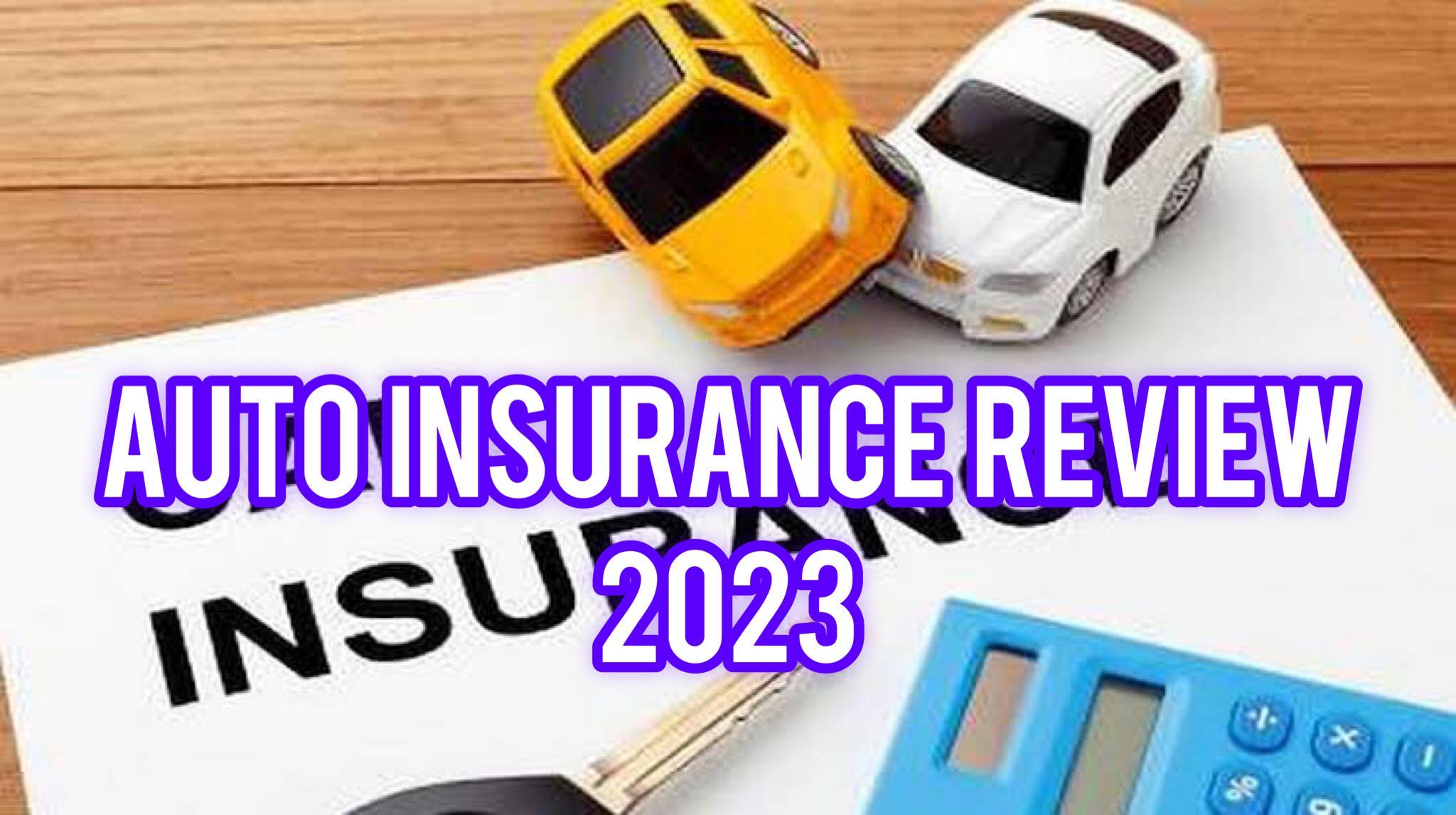Auto insurance is made to protect you against monetary losses in the event of an accident or other damages to your vehicle. It’s essential to protect your investment when you purchase or lease a car.
Having auto insurance can give you peace of mind in the situation whereby you’re involved in an accident, your car is stolen, vandalized, or suffers natural disaster damage. People pay annual payments to a car insurance company instead of paying for auto accidents out of pocket, and the company then covers all or the majority of the charges associated to an accident or other vehicle damage.
What Is Auto Insurance?
The agreement to pay premiums for protection against financial losses resulting from an accident or other damage to the vehicle is effectively the basis of a contract between you and an insurance provider known as auto insurance. The following things are covered by auto insurance:
Property – such as your car being stolen or damaged.
Liability – the legal obligation you have to others in the event of property or physical harm.
Medical – costs include those for injury treatment, rehabilitation, and occasionally lost wages and burial expenses.
The specifics of what is covered depend on your state’s minimum coverage standards as well as any additional coverage choices you make. In the U.S., drivers are required to have a minimum amount of bodily injury liability coverage and property damage liability coverage in all states with the exception of New Hampshire.
Also Read: Best Homeowners Insurance Review 2023
Costs of Auto Insurance
The two main expenses related to buying auto insurance are premiums and deductibles. Age, gender, years of driving experience, history of accidents and moving violations, and other characteristics all affect how much auto insurance costs. Once more, in the U.S., most states require drivers to carry a minimum level of auto insurance. State-specific minimums apply, although many people buy more coverage to further insure themselves.
In addition, if you’re financing a car, the lender can require you to have a specific kind of auto insurance. For instance, if you’re buying a pricey car that will probably lose value very rapidly once you drive it off the lot, gap insurance can be necessary. In the event of an accident, gap insurance can assist in covering the difference between the value of the car and the outstanding debt.
Having a bad driving record or wanting full coverage will result in higher premiums. You can, however, lower your premiums by deciding to bear more risk, which entails raising your deductible.
When you file a claim, you must pay your deductible before the insurance provider will make any payments to you for damages. Thus, your policy might, for instance, have a $500 or $1000 deductible. Lower premiums can be obtained by accepting a greater deductible, but you must be relatively certain that you could pay the higher amount in the event of a claim.
Also Read: Best Guide to Renters Insurance 2023
How Does Auto Insurance Work?
The insurance provider promises to cover your losses in accordance with the terms of your policy in exchange for a premium payment. Individually priced policies enable you to tailor the level of coverage to your specific requirements and financial constraints. Policies often have renewal durations of six or twelve months. When it’s time to renew the insurance and pay another premium, an insurer will let the customer know.
Nearly all states require car owners to carry bodily injury liability insurance, which covers payments related to injuries or fatalities that you or another driver causes while driving your vehicle, whether or not they demand possessing a minimum amount of auto insurance. Additionally, they could demand property damage liability, which pays out to third parties for harm you or another driver of your vehicle does to another vehicle or piece of property.
A few states go a step further and require auto owners to carry medical payments or personal injury protection (PIP), which pays for medical costs associated with injuries you or your passengers may suffer. Additionally, it will pay for any lost wages and associated costs.
When a driver without car insurance causes an accident, uninsured motorist coverage pays you back. When you are in an accident with a driver who has some insurance, but not enough to fully cover a claim, underinsured motorist coverage is there to protect you.
Who Is Protected By Auto Insurance Coverage?
Whether you are driving your car or someone else’s car, an auto insurance coverage will protect you and the other family members listed on the policy (with their permission). Anyone driving your car with your permission who is not listed on your insurance policy is also covered under your policy.
Only personal driving is covered by personal auto insurance. If you use your vehicle for business-related activities, such as delivering deliveries, it won’t offer coverage. It won’t offer coverage either if you drive for a ride-sharing company like Uber or Lyft. Some auto insurance companies now provide supplemental insurance plans that provide coverage to drivers of vehicles used for ride-sharing services (at an additional cost).
Also Read: Best Guide to Renters Insurance 2023
What Are The Types of Auto Insurance?
The most common types of auto insurance are as follows:
Bodily Injury Liability Insurance (BI)
If you harm someone else in an event for which you are held legally responsible, bodily injury liability insurance is intended to cover their medical costs. You and any other drivers specified on your policy who are covered by this coverage are both eligible.
Property Damage Liability Insurance (PD)
You are also protected by property damage liability insurance in cases where you are at fault for an accident. It covers any damages you might do to the other driver’s car or other property.
Medical Payments or Personal Injury Protection Insurance (PIP)
Medical payments or personal injury protection policy can assist with covering any associated medical costs if you or a passenger in your car sustain injuries in an accident. This kind of insurance can also pay for burial costs in the event that a passenger in your car dies in an accident, as well as lost wages if you or an injured passenger is unable to work.
Collision Coverage
Collision coverage pays for damage to your own vehicle or property after an accident, whereas property damage liability insurance covers damage to someone else’s vehicle or property. That can include harm brought on by a collision with another car or running into a tree or fence, which are both immovable objects.
Comprehensive Coverage
When something other than a collision results in loss, theft, or damage to your car, comprehensive coverage pays for it. For instance, that can involve damage from fire, hail, other falling objects, or animal-related harm.
Underinsured/Uninsured Motorist Coverage
If the at-fault driver doesn’t have enough insurance and you are involved in an accident, underinsured motorist coverage may be able to defend you. If you are involved in a collision with a driver who has no insurance at all, uninsured motorist coverage is designed to safeguard you.
Conclusion
Even while health and homeowner’s insurance may seem more crucial, if you own a car, whether or not your state mandates it, having an insurance coverage might end up saving you a lot of money and hassle in the long run. To locate the coverage you require at a cost you can afford, keep in mind to shop around for the greatest auto insurance rates.

Sage is a financial/consumer journalist and senior editor, personal finance, of TrendsHQ. EXPERTISE: Personal Finance, Careers, Jobs, Scholarships, and Entertainment.
